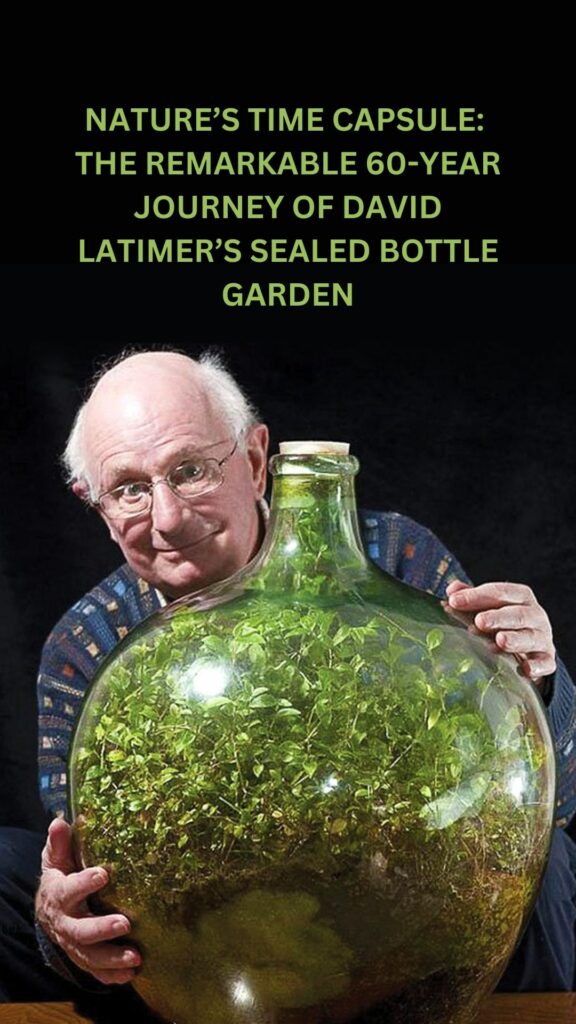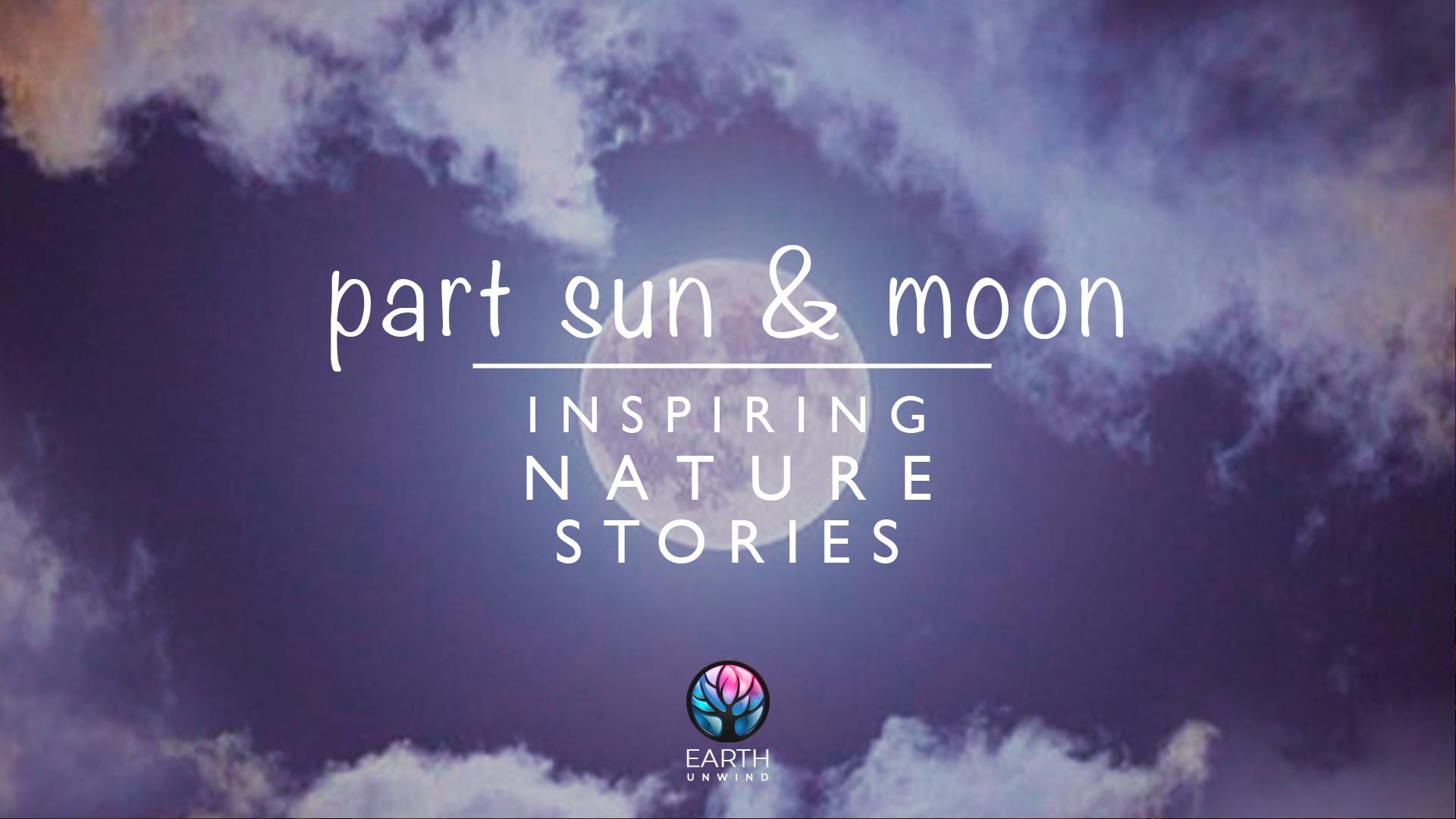
David Latimer, a curious man, planted a garden inside a large glass bottle in 1960 and sealed it shut. He opened the bottle 12 years later in 1972 to add some water and then sealed it for good.
The garden has been thriving for nearly 60 years, making it one of the oldest terrariums in the world. The garden is a perfectly balanced and self-sufficient ecosystem.
The bacteria in the compost eats the dead plants and breaks down the oxygen that is released by the plants, turning it into carbon dioxide, which is needed for photosynthesis. The bottle is essentially a microcosm of earth.
David’s sealed bottle garden is a beautiful example of how nature can support itself. The garden makes its own ecosystem through the magic of the sun (photosynthesis) that is self-sufficient. The humidity builds up and begins to rain back down on the plants.
Leaves will also fall and rot, producing carbon dioxide that the plants need for nutrition. It’s a great example of how pioneering plants are and how they will persist given the opportunity.
The garden is still thriving and robust, despite not being watered since 1972. The sealed garden has been placed in the same spot for 27 years in the Latimer’s home and is located in Cranleigh, Surrey.
It was first exposed to the world through Radio 4’s Gardeners Question Time on BBC by Chris Beardshaw. Chris is not only a television host but also a garden designer. He felt David’s sealed garden was indeed the perfect cycle of life and a great example of plants’ recycling ability.
Also adding that it is the same method that NASA is interested in bringing plants into space. Saying: ‘”Plants operate as very good scrubbers, taking out pollutants in the air so that a space station can effectively become self-sustaining,’ he said:
‘This is a great example of just how pioneering plants are and how they will persist given the opportunity.”
Text credit: Earth Unreal
Did you enjoy this article? Pin it for later.
And while you’re on Pinterest, come follow us and pin along with us.




